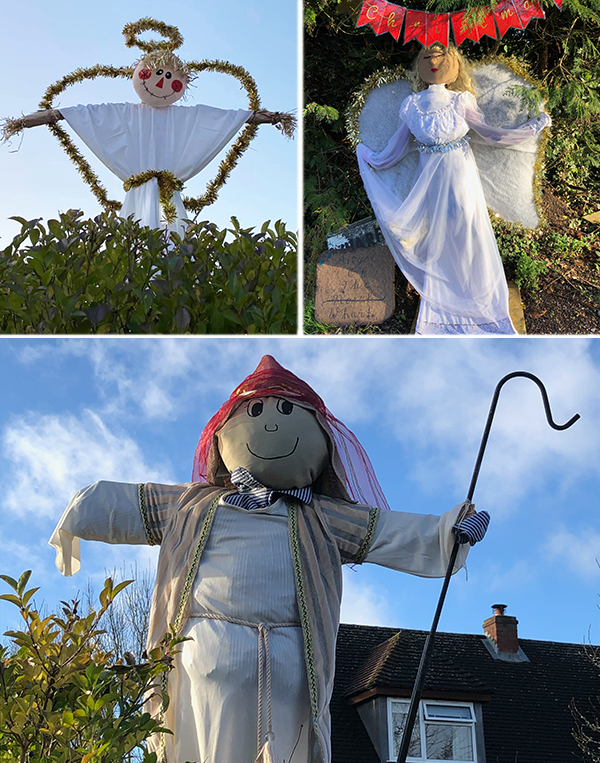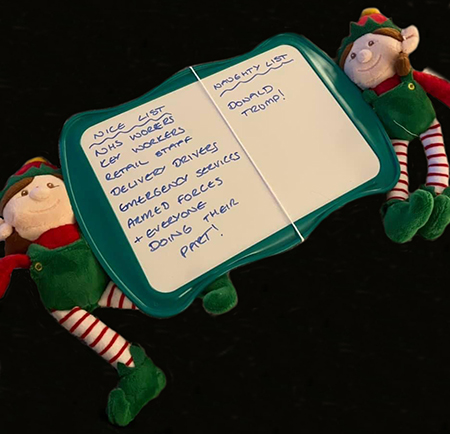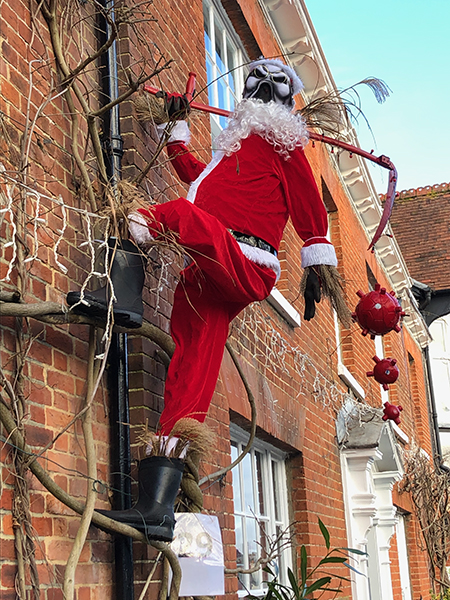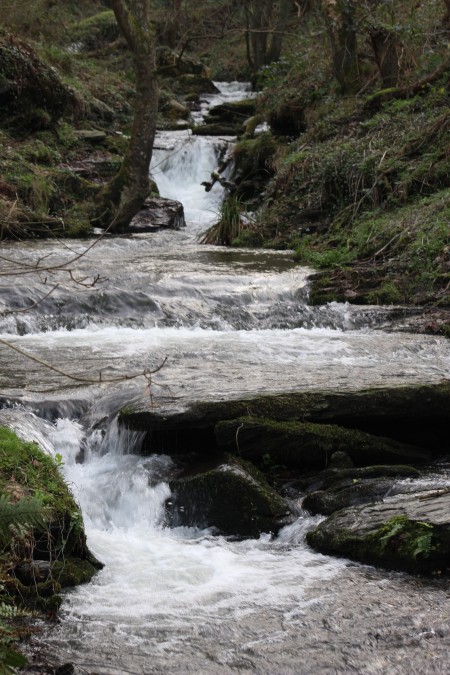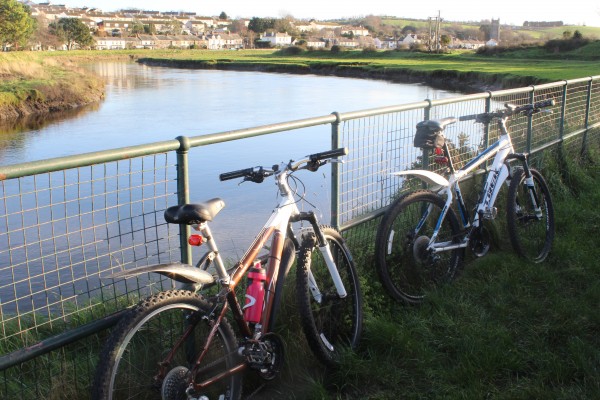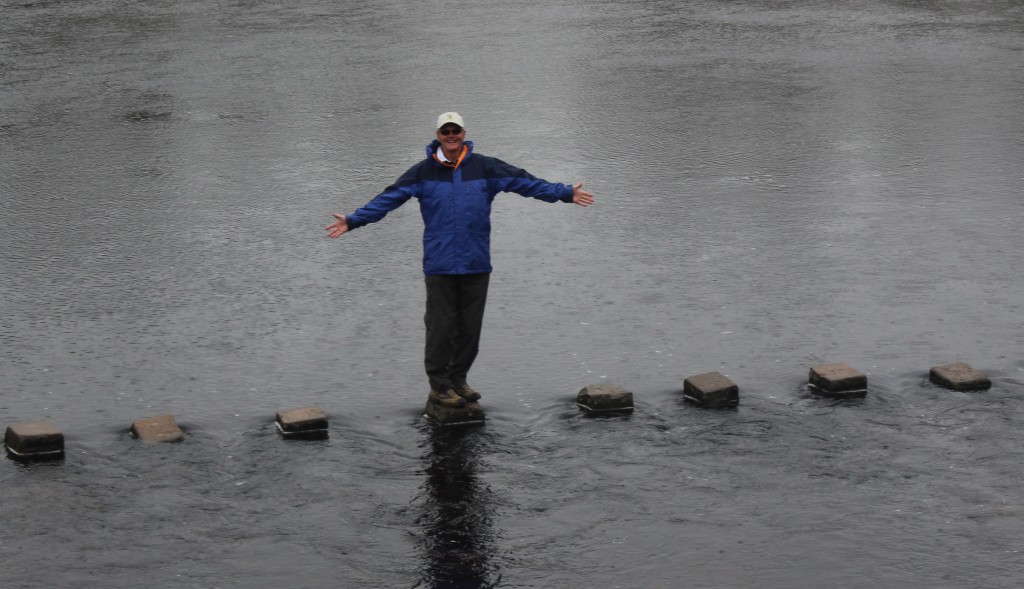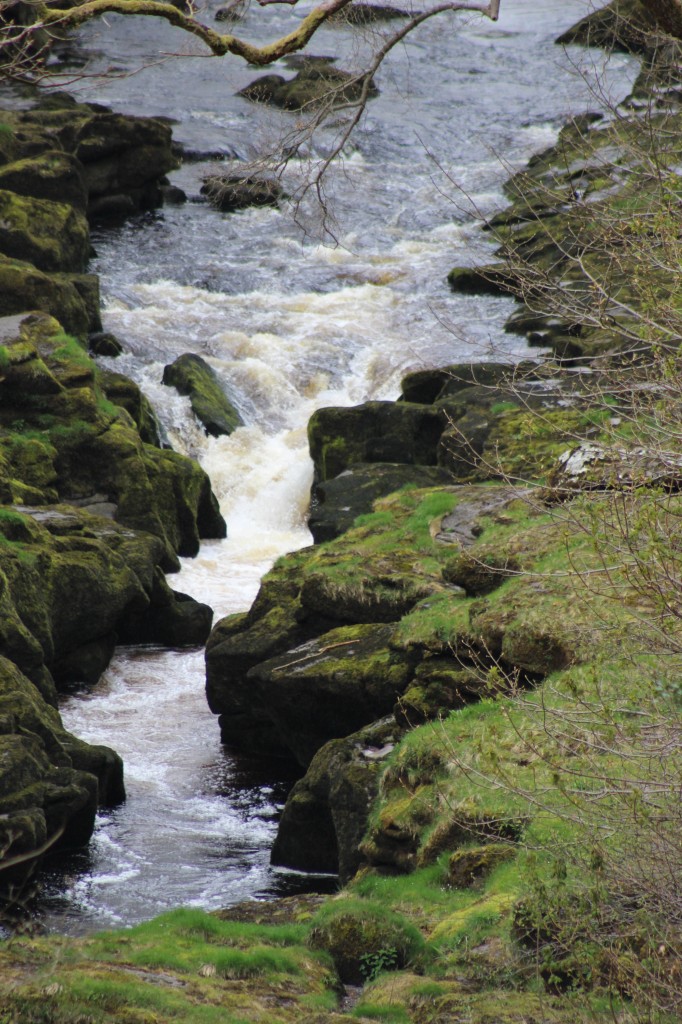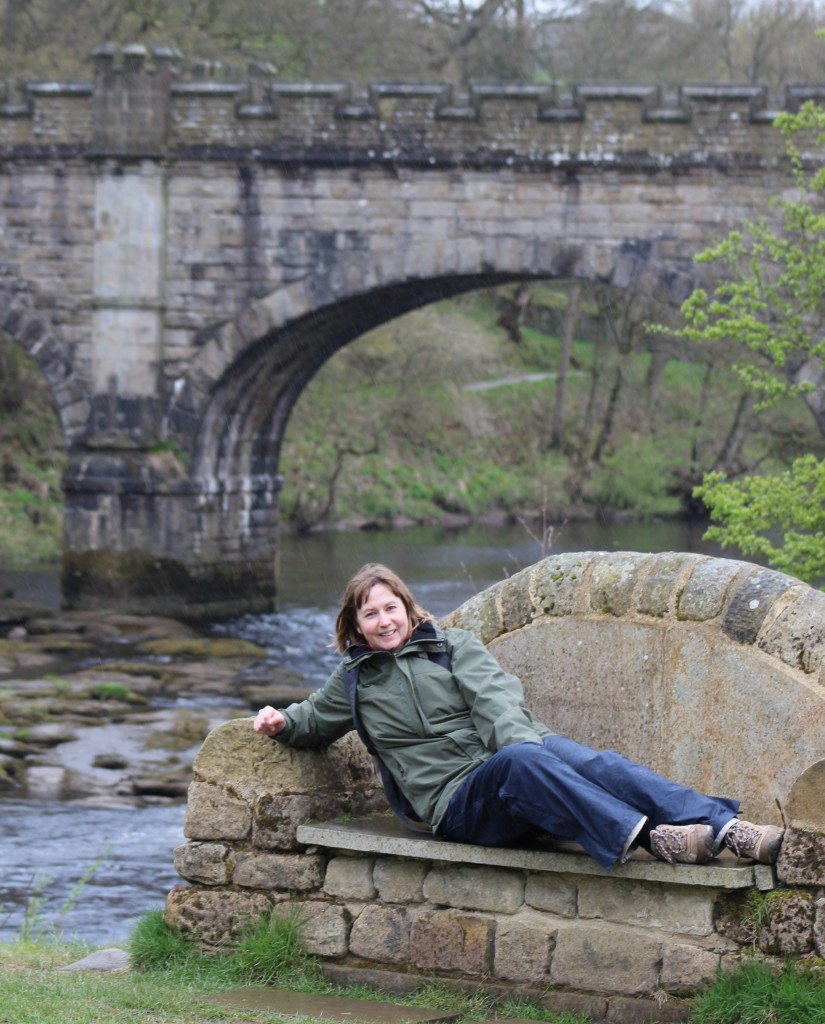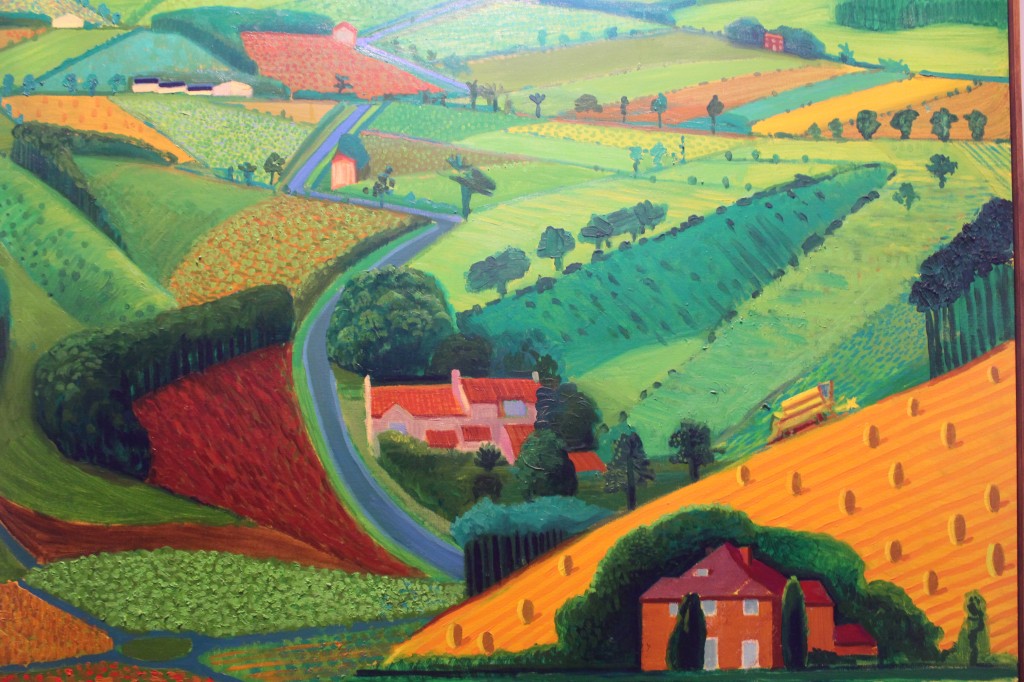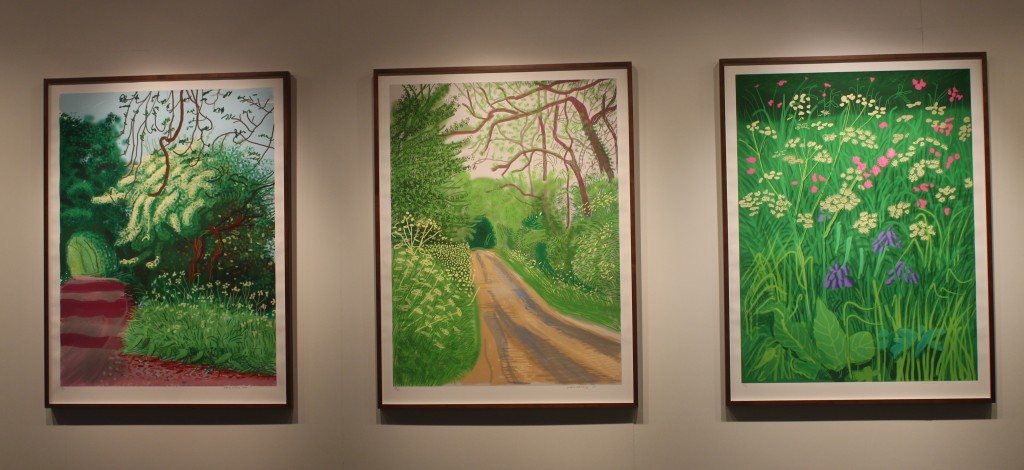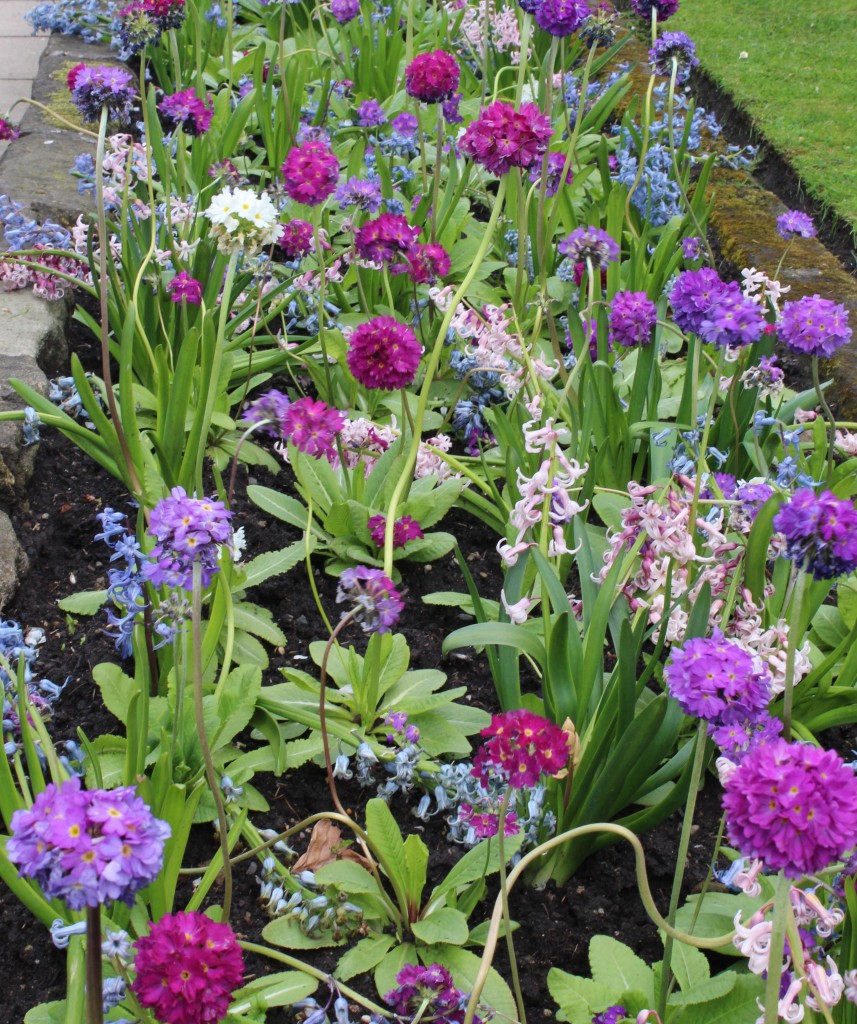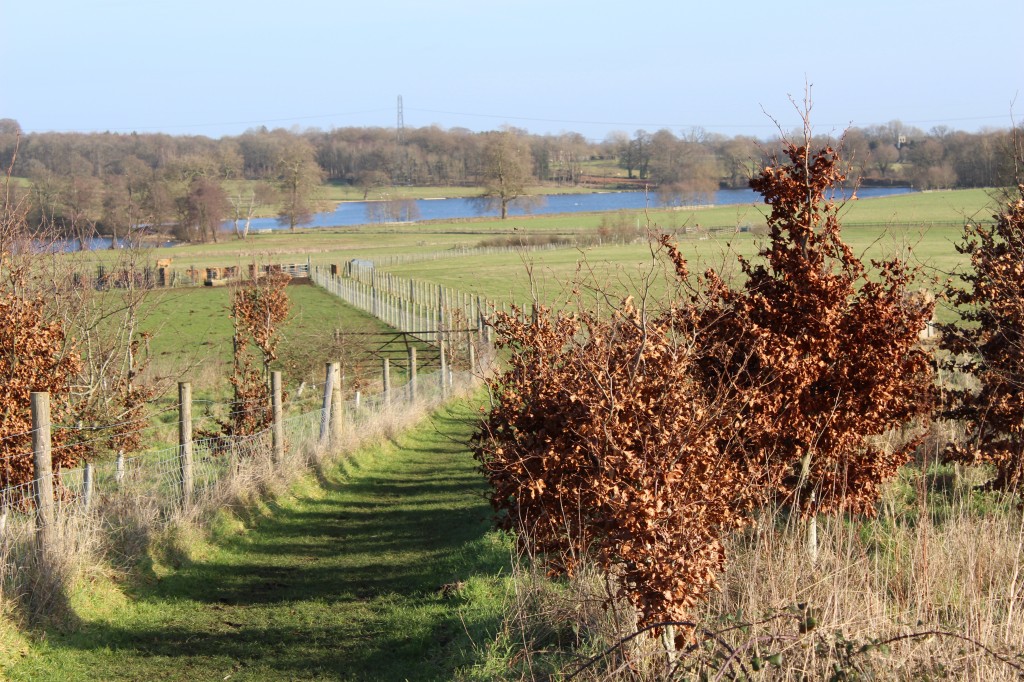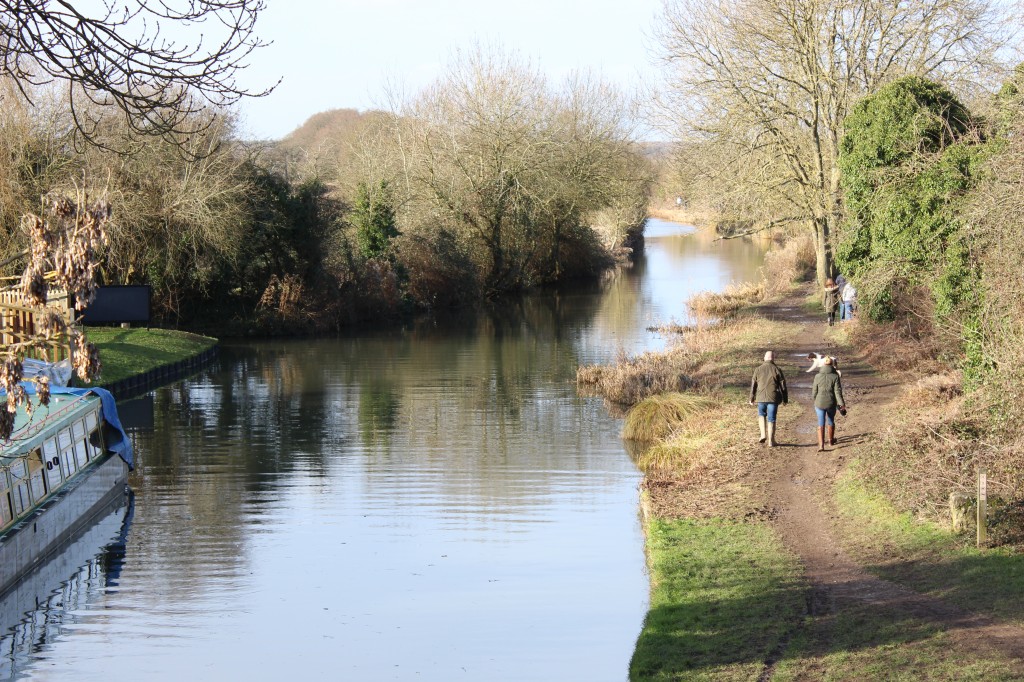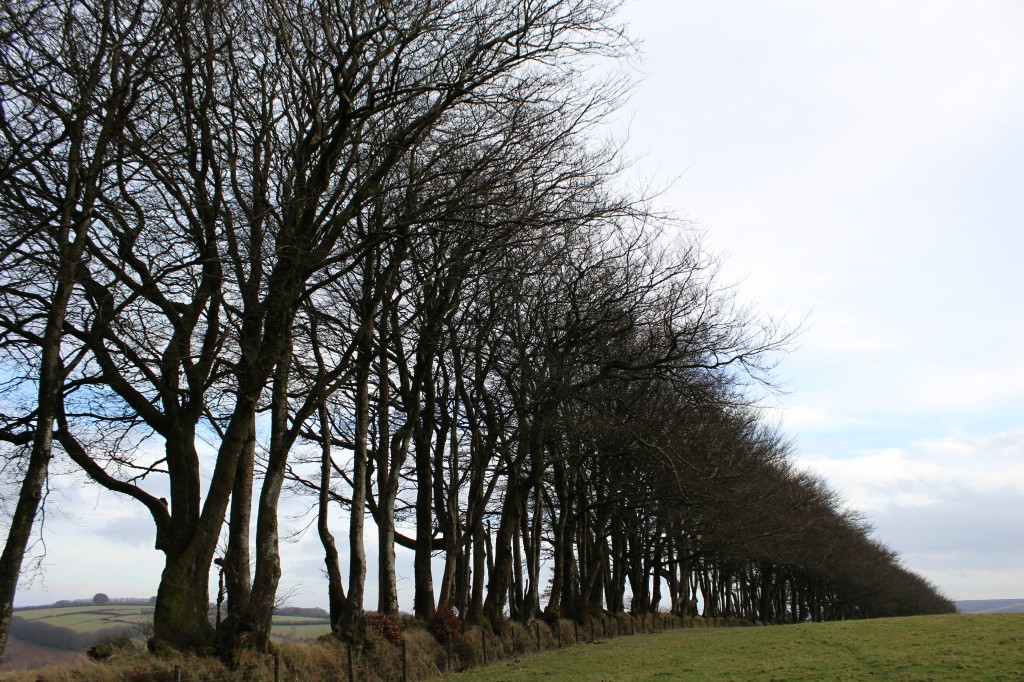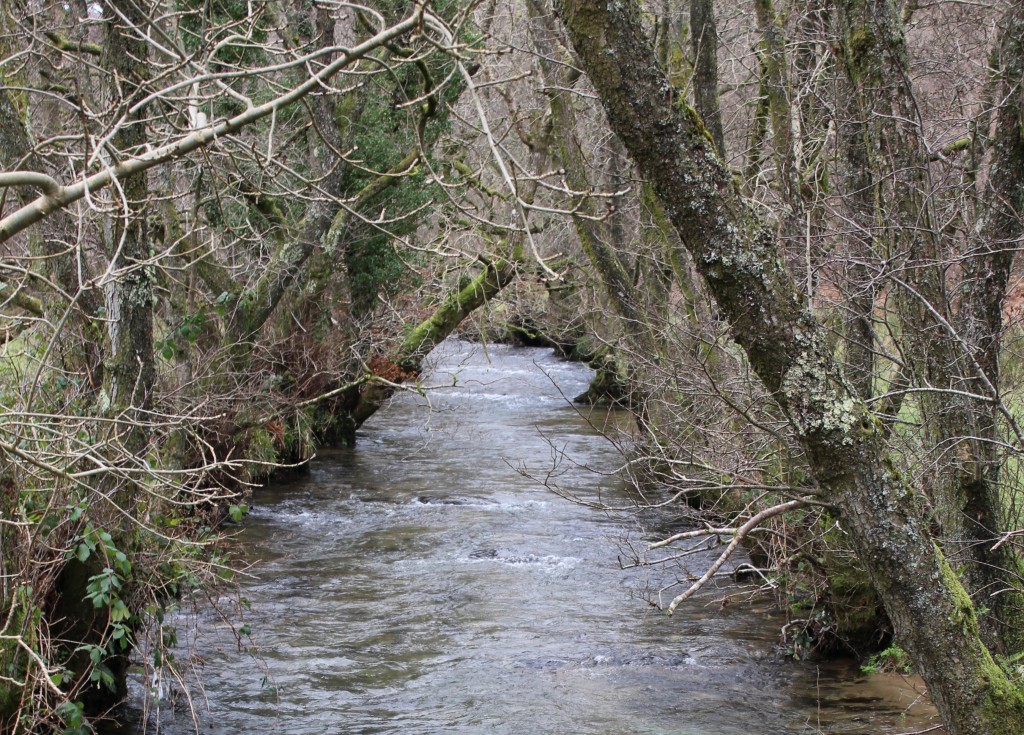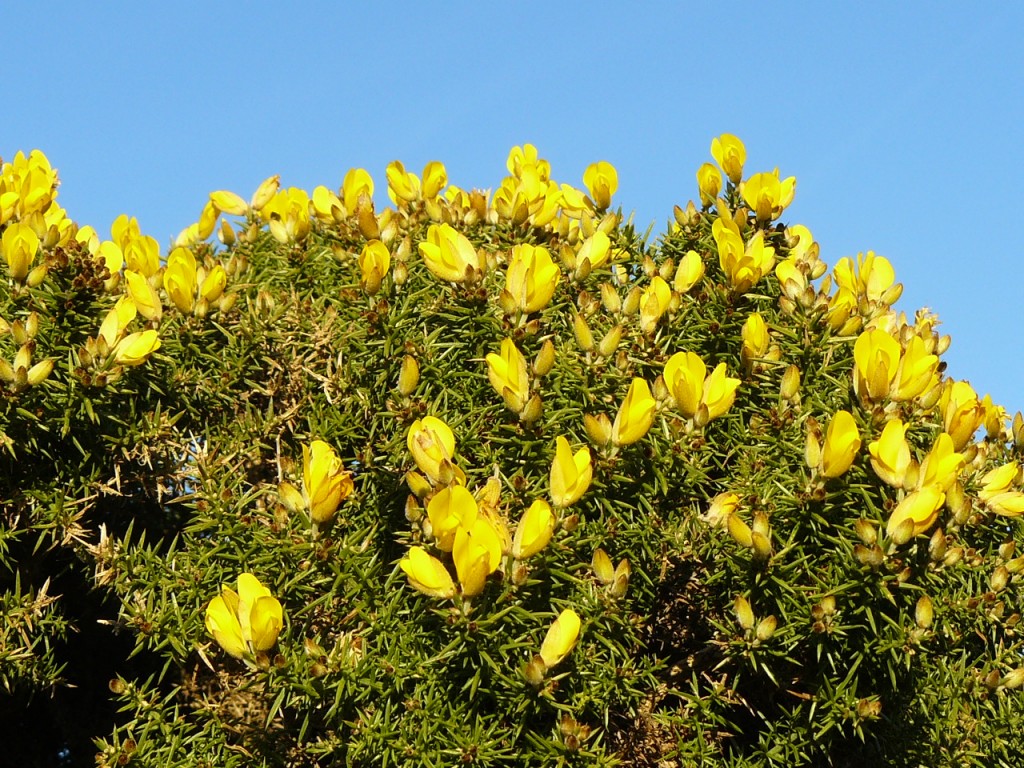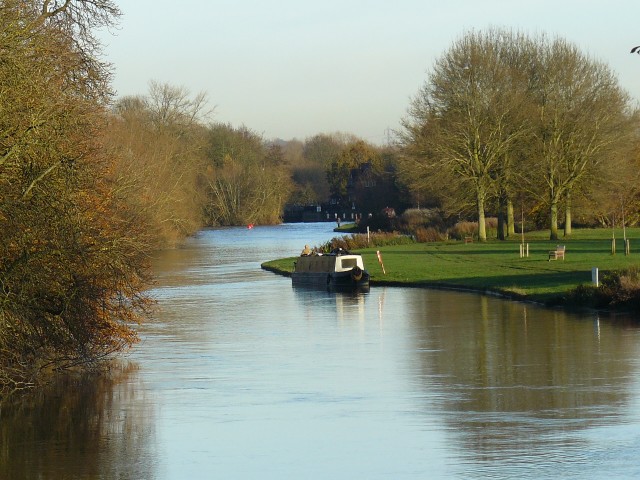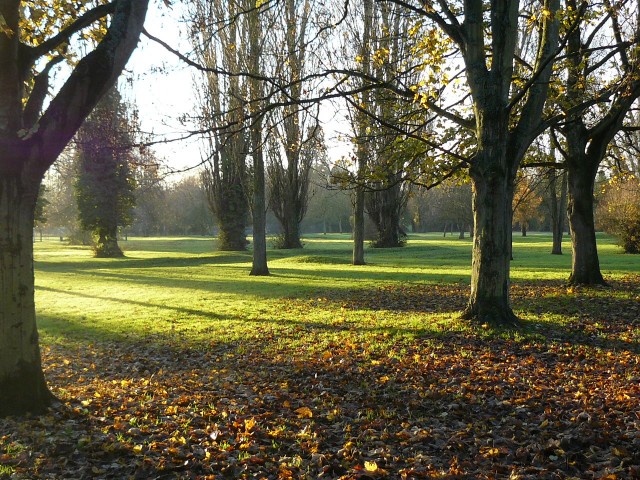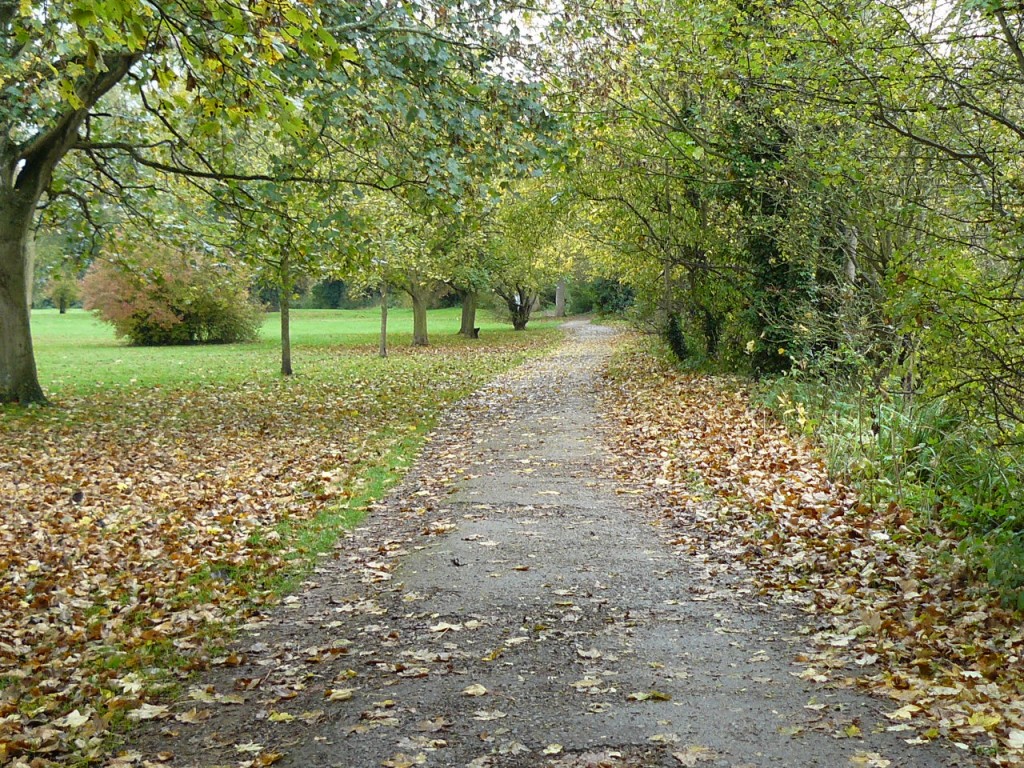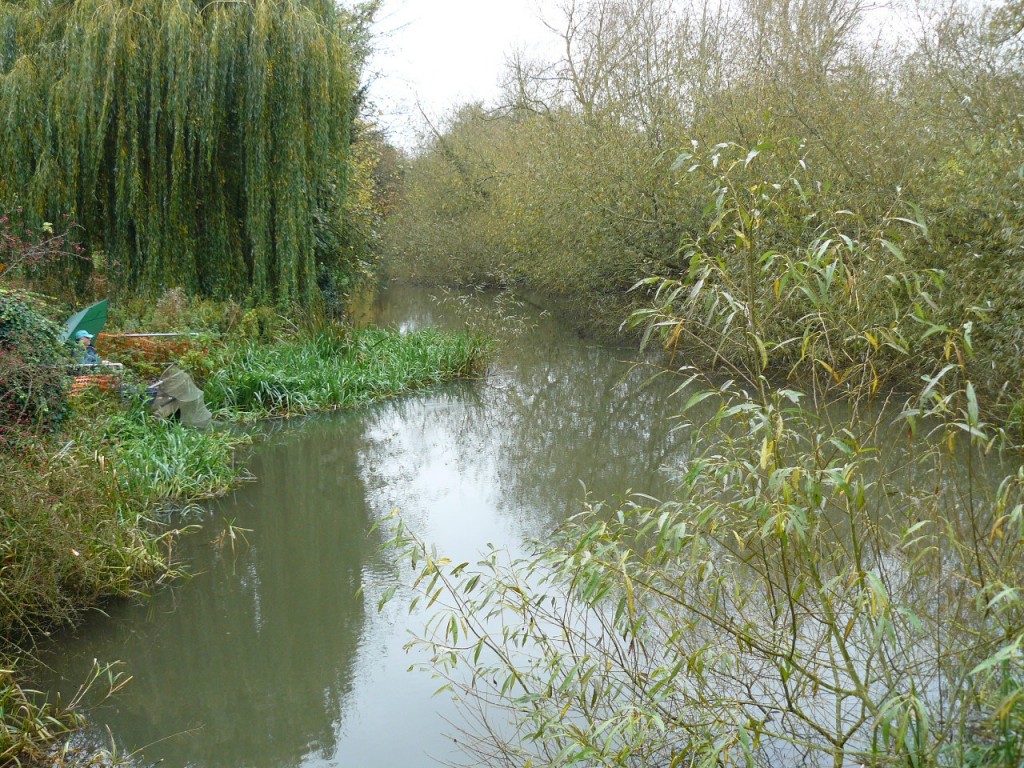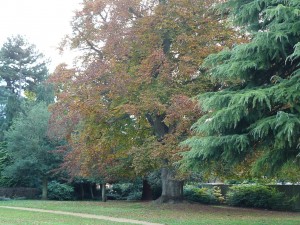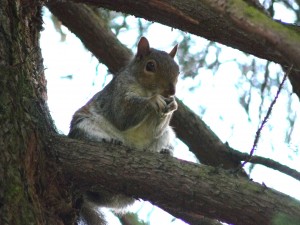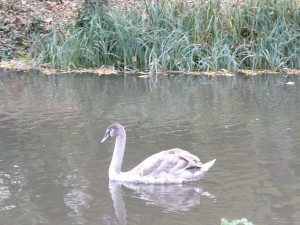A year ago today the UK went into its first Lockdown. We were told to #stayathome #protecttheNHS #savelives. None of us could have imagined then the impact Covid-19 would have, and is still having, on our lives.
It is a sombre day when we mourn and remember the people who have lost their lives to the virus and give thanks for those who have worked so tirelessly to keep the rest of us safe.
For me, it has also been an opportunity to reflect on the positives of a year close to home, of looking up during Lockdown and discovering what has been in walking distance of my front door.

Within a 5-mile radius of my house, I discovered grassy footpaths …

woods filled with foxgloves …
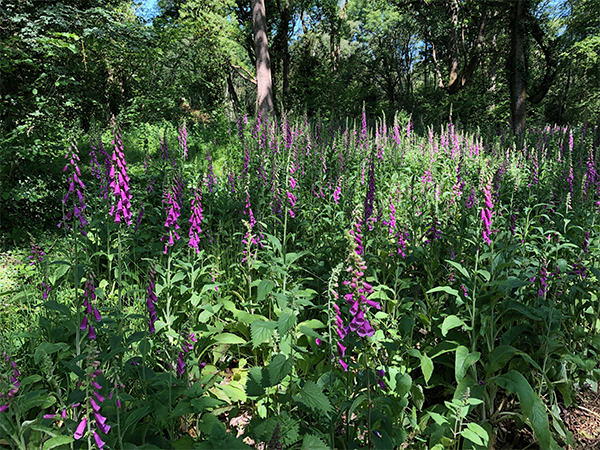
and tranquil ponds.
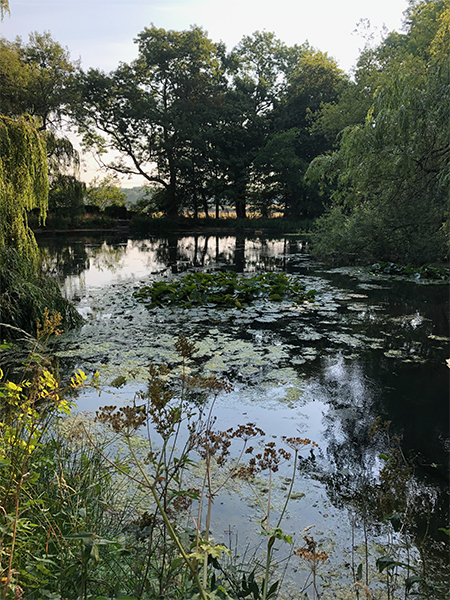
As the year progressed, I marvelled at the change in the agricultural landscape.
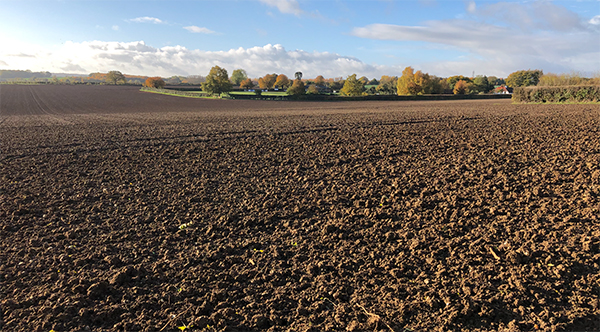
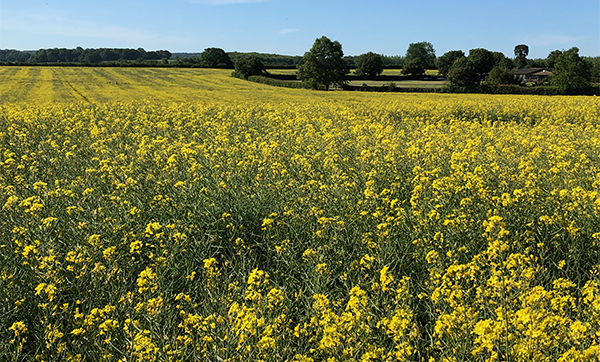
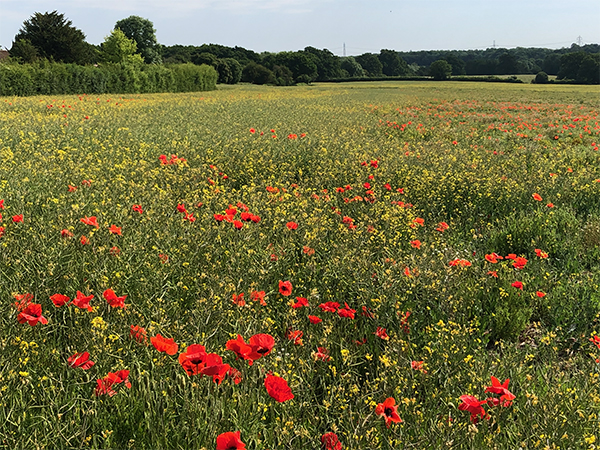
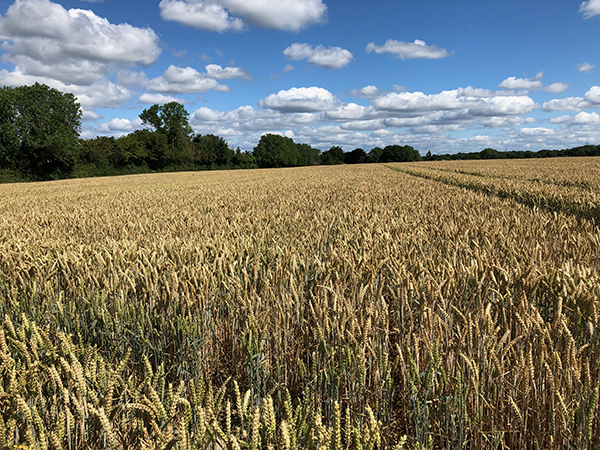
I looked up into the trees.
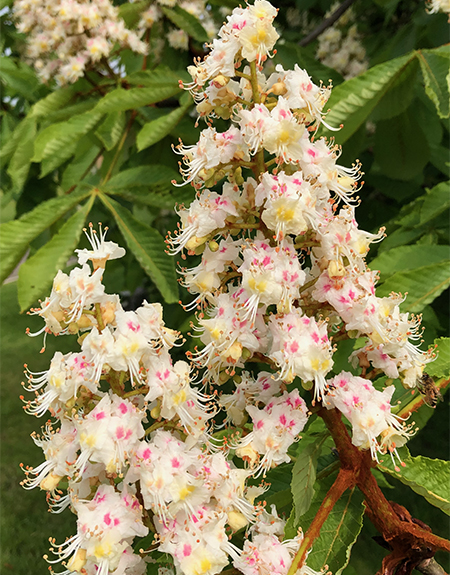

And down at the ground.
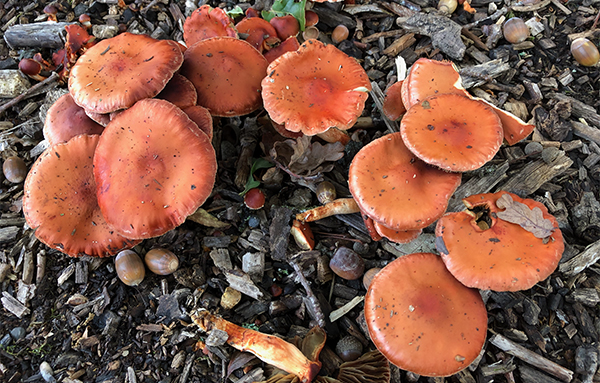
I became so much more aware of the changing seasons (my walking boots have never seen so much mud!) and, of course, the local wildlife.
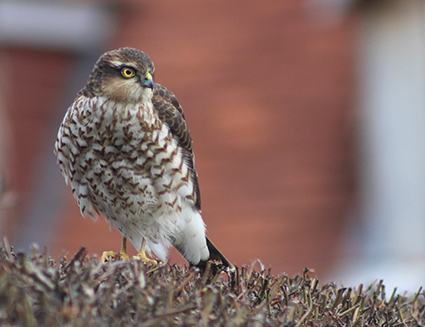
And, as I have actually spent time relaxing in my garden, looking and listening (not just gardening), I have got to know it better too. I have delved into the detail of my plants …
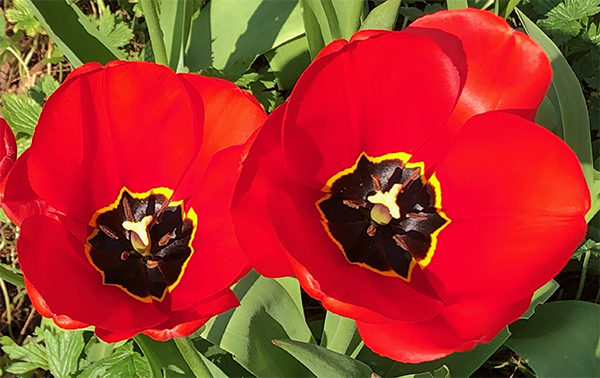
found what works for pollinators …
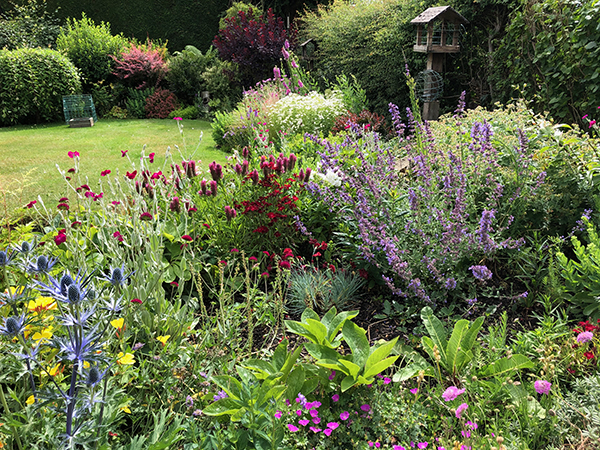
and tried growing different vegetables …
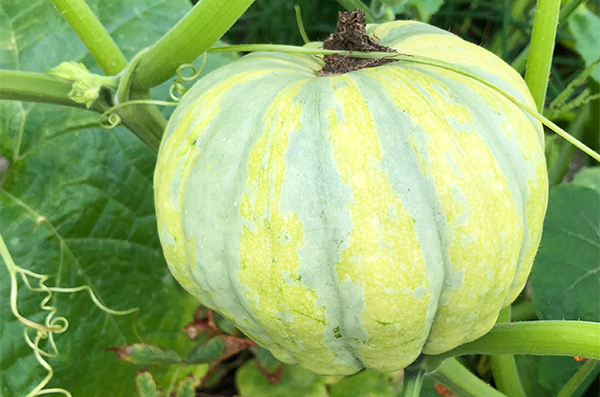
It has not been an easy year, but I am thankful for the time it has given me to appreciate what has always been right in front of me waiting to be discovered, and I am the better for it.



